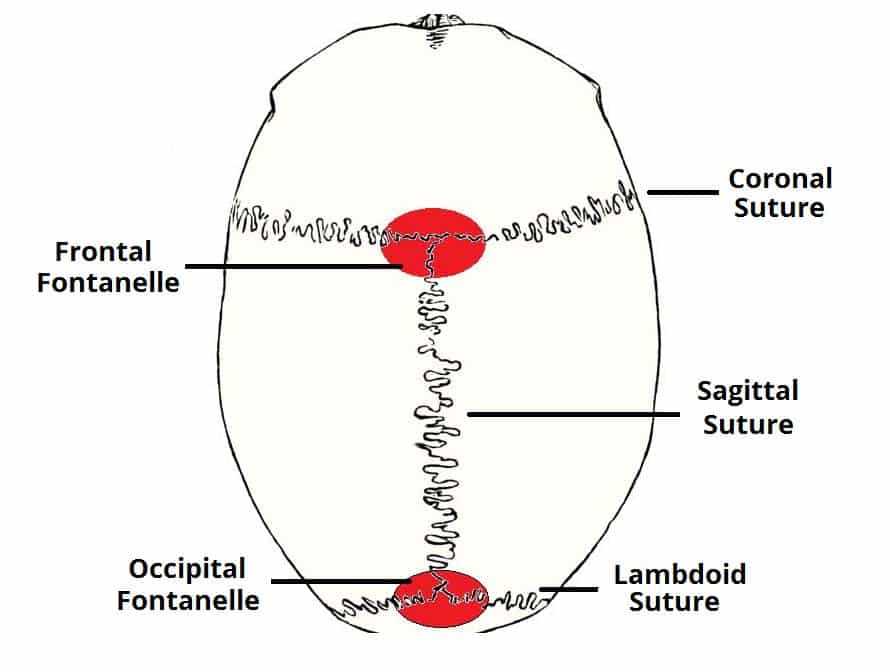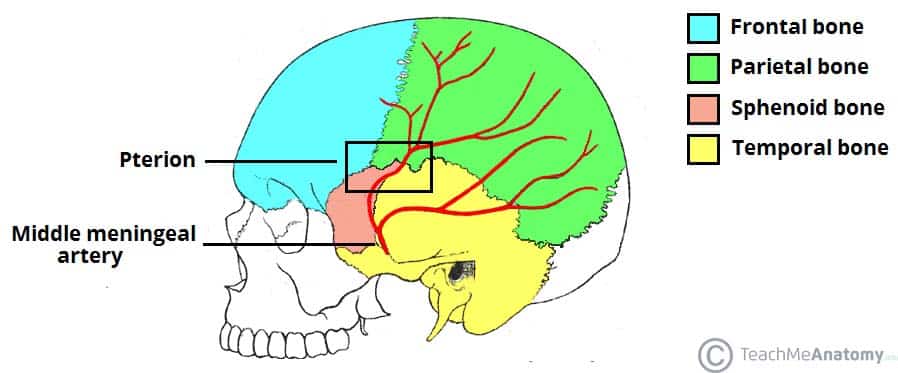HUMAN
EMBRYOLOGY
• Human embryo-genesis is the process of CELL DIVISION
and cellular differentiation of the embryo that occurs during the early
stages of development.
• In
biological term, human development entails growth from a one-celled ZYGOTE to
an adult HUMAN BEING.
• Fertilization
occurs when the SPERM cell successfully
enters and fuse with an EGG CELL (Ovum).
• The
genetic material of the sperm and the egg then combine to from a single cell
called ZYGOTE and the germinal stage of prental development commence.
• Embryogenesis
cover the first eight week of development at the beginning of the ninth week
the embryo is termed a FETUS.
The human embryology is the study of this
development during first eight week after fertilization. The normal period of gestation (Pregnancy) is nine month or 38
weeks
• The
germinal stage refers to the time from fertilization through the development of
the early embryo until implantation is completed in the UTERUS.
• The
germinal stage takes around 10 days. During this stage, the zygote being to
divide, in a process called CLEAVAGE.
• A
BLASTOCYST is then formed and implanted in uterus.
• Embryogenesis
continues with the next stage gastrulation, when the three germ layers of
embryo from in the process called Histogenesis, and processes of Neurulation
and Organogenesis follow.
• In
comparison to the embryo, the fetus has more recognizable external features and more complete set of developing
organ. The entire process of embryogenesis involves coordinated spatial and
temporal changes in gene expression cell growth and cellular differentiation
• A
nearly identical process occurs in species, specially among chordates.

• Step
2: the first 12 to 24 hours after a zygote is formed are spent in cleavage –
very rapid cell division
• Step
3: during blastulation, the mass of cells from a hollow ball.
• Step
4: cell begin to differentiate and from cavities.
• Step
5a: the primitive streak forms.
Step 6: The notochord is formed
Neurulation
• Step
6a: tubes from, making neurula.
• Step
6b: the notochord induces the formation of the neural plate
• Step
6c: the neural plate folds in on itself to make the neural tube and neural
crest.
• Step
7: the mesoderm has five distinct categories.
Major Developmental Stages Of Embryonic Period (1-8thweek)
|
Time period (Week)
|
Major Events/characteristics
|
|
1st week
|
Fertilization, cleavage, morula formed (3days), blastocyst
superficially implanted, zona pellucida disappears, inner cell
mass(embryoblast)& outer cell mass(trophoblast) present. A cuboidal layer
of hypoblast is formed.
|
|
2nd week
|
Blastocyst enlarged, completion of implantation, formation of
amniotic cavity, yolk sac, extra-embryonic mesoderm, extra-embryonic coelom
that later become chorionic cavity. Bilaminar disc (ectoderm, endoderm) is
formed along with syncytiotrophoblast and cytotrophoblast. Primary chorionic
villi appear.
|
|
3rd week
|
Appearance of:- trilaminar
disc(ectoderm,mesoderm,endoderm), primitive streak(15 day), somites,
interembryonic mesoderm, notochord neural tube,body cavities cardiovascular
system
|
|
4th week
|
Body is narrow, tubular & C shaped limb buds appear,
appearance of four pair of branchial arches, placenta begins to form, heart
begins to beat, lens placodes and otic placodes formed, head & tail folds
present . Three primary brain vesicles also formed
|
|
5th week
|
Head increases greatly in size, face formed, limb buds shows
limbs, & upper limb become paddle shaped
|
|
6th week
|
Head dominant. Oral and nasal cavities confluent. Curvature of
embryo diminished. Digital rays, footplate, finger & toes recognizable
|
|
7th week
|
Yolk sac is reduced to yolk stalk and limb differentiate rapidly.
|
|
8th week
|
Head nearly as large as rest of the body. Genital tubercle formed
but sex difference is not obvious. Facial features are distinct. Eyes
directed more anteriorly. Neck is established, digits of hands and feet
seprated along with retrogression of tail.
|
Major Developmental Stages Of Embryonic Period (9-38th
weeks)
|
Time period (Week)
|
Major Events/characteristics
|
|
9-12th week
|
Rapid growth in fetal length, head still realtively large, eyes
look anteriorly, eyelids fused, lanugo & nails present. Primary
ossification centers appear.
|
|
13-16th week
|
Further rapid growth in fetal length, head still relatively large,
eyes widely separated but eyelids fused. External ears on side of head. Fetus
look human and sex recognition possible.
|
|
17-20th week
|
Lanugo covers entire body. Venix caseosa present. Hairs present on
head mother Quickening brown fat forms. Eyebrows and eye lashes present.
|
|
21-25th week
|
Skin wrinkled and red, head still relatively large, face child
like, fingers & toe nail develop. Interalveolar walls of lungs secrete
surfactant(24th week)
|
|
26-29th week
|
Skin wrinkles lost due to subcutaneous fats, eyelids open, hairs
on head longer, CNS matured and controlled breathing movement primitive
alveoli formed.
|
|
30-34th week
|
Skin is pink & smooth, langugo hairs has disappeared from
face. Vernix caseosa thick. Nails reach end of fingers.
|
|
35-38th week
|
Fetus fully developed, lanugo hairs disappear, nails project
beyond ends of finger and toes. Testis reachs scrotum.
|
|
266 days from conception
|
Birth
|






























